
Wheat or Weed? Zion Lutheran Church
The parable of the wheat and the tares encourages us to examine ourselves, cultivate discernment, practice patience, and nurture goodness. While we cannot completely eliminate evil from the world, we can make choices that align with God's truth and spread love and kindness wherever we go. Remember, God's ultimate judgment will prevail, and.

The parable of the wheat and the tares Matthew 132430; Matthew 133643
Wheat and Tares Parable Symbolism: The farmer (sower) = Jesus, the Son of man. The field = the world. The good seed = true children of the Kingdom. The tares (weeds) = children of Satan. The enemy = Satan, i.e. the devil. The harvest = end of the Church age. The harvesters (reapers) = God's good angels.

The Parable of the Wheat and Tares
The Parable of the Weeds or Tares ( KJV: tares, WNT: darnel, DRB: cockle) is a parable of Jesus which appears in Matthew 13:24-43. The parable relates how servants eager to pull up weeds were warned that in so doing they would root out the wheat as well and were told to let both grow together until the harvest.

The Parable Of The Wheat And Tares Dag HewardMills Videos
Jesus gives the parable of the wheat and the tares.Matthew 13:36-4336 Then Jesus sent the multitude away, and went into the house: and his disciples came unt.
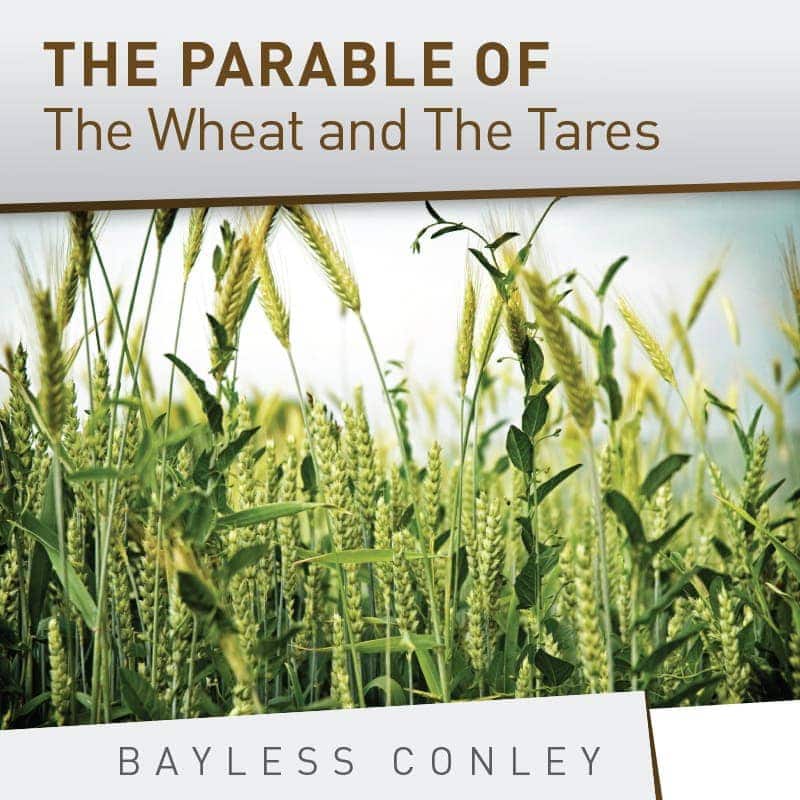
The Parable of the Wheat and the Tares Bayless Conley
The Parable of the Wheat and the Tares. Marcellino D'Ambrosio, Ph.D. At one time or another, we've all dreamed of a perfect world. Imagine a company where everyone is productive, a government full of honest politicians, a church where all are saints. Dreaming about such things is natural; expecting such things is dangerous.

The Parable of the Wheat and the Tares YouTube
5. (36-43) Jesus explains the parable of the wheat and the tares. Then Jesus sent the multitude away and went into the house. And His disciples came to Him, saying, "Explain to us the parable of the tares of the field.". He answered and said to them: "He who sows the good seed is the Son of Man.
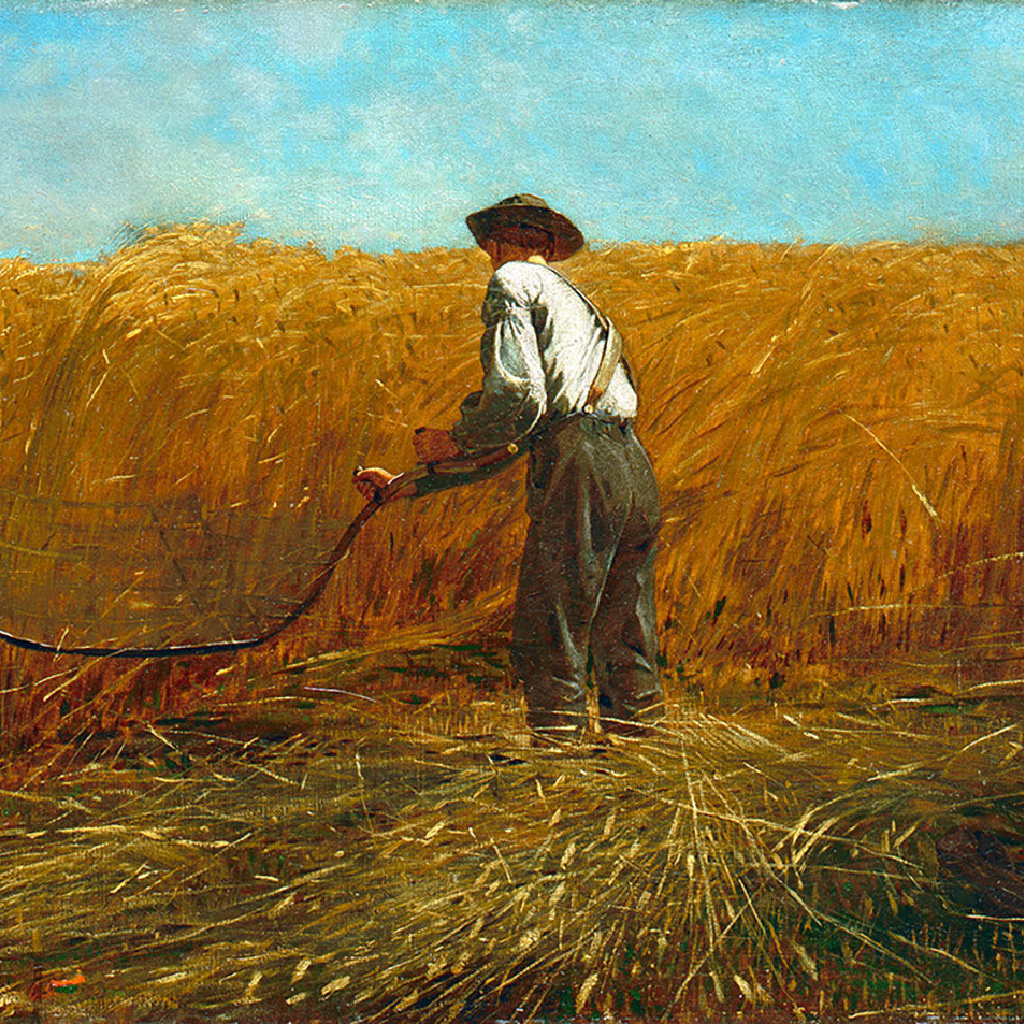
The Wheat and Tares Parable in the Social Media Age Public Square Magazine
In Jesus' parable, somebody suggests uprooting the weeds. But they are counseled against this, instead, "let both grow together" because in gathering up the weeds, you may accidentally uproot the wheat as well. The word which is translated as "weeds," "tares," or "cockle" is the Greek word zizanion. It is a word that is only.

Matthew 132430, Parables of Jesus The Parable of the Tares, (also known as the Parable of
His winnowing fork is in His hand to clear His threshing floor and to gather His wheat into the barn; but He will burn up the chaff with unquenchable fire." Matthew 13:25 But while everyone was asleep, his enemy came and sowed weeds among the wheat, and slipped away. Matthew 13:29

An encounter with Yeshua The parable of wheat and tares linked with our Messiah's Second Coming
The Parable of Wheat and Tares. Jesus told a story known as the parable of the wheat and tares. The tare that Jesus described in this parable was also known as the darnel seed, which looks almost exactly like wheat in the beginning stages of its growth. But after it grows a little more, it becomes evident that it is a weed, and it actually.

Parable Of The Wheat And The Tares YouTube
The Parable of the Tares Explained. 36 Then Jesus sent the multitude away and went into the house. And His disciples came to Him, saying, "Explain to us the parable of the tares of the field." 37 He answered and said to them: "He who sows the good seed is the Son of Man. 38 The field is the world, the good seeds are the sons of the kingdom, but the tares are the sons of the wicked one.

Parable of The Wheat and the Tares
Monday, 15 January 2024 04:19. TD Jakes (January-15-2024) Daily Devotional: The Parable of the Wheat and the Tares. Bible Quote: "He who began a good work in you will carry it on to completion until the day of Christ Jesus." - Philippians 1:6. In the parable of the wheat and the tares, Jesus illustrates a profound truth.

Living Scriptures Streaming
The Parable of the Wheat and the Weeds, or Tares, is filled with spiritual significance and truth. But, in spite of the clear explanation of the parable that Jesus gave ( Matthew 13:36-43 ), this parable is very often misinterpreted. Many commentaries and sermons have attempted to use this story as an illustration of the condition of the church.
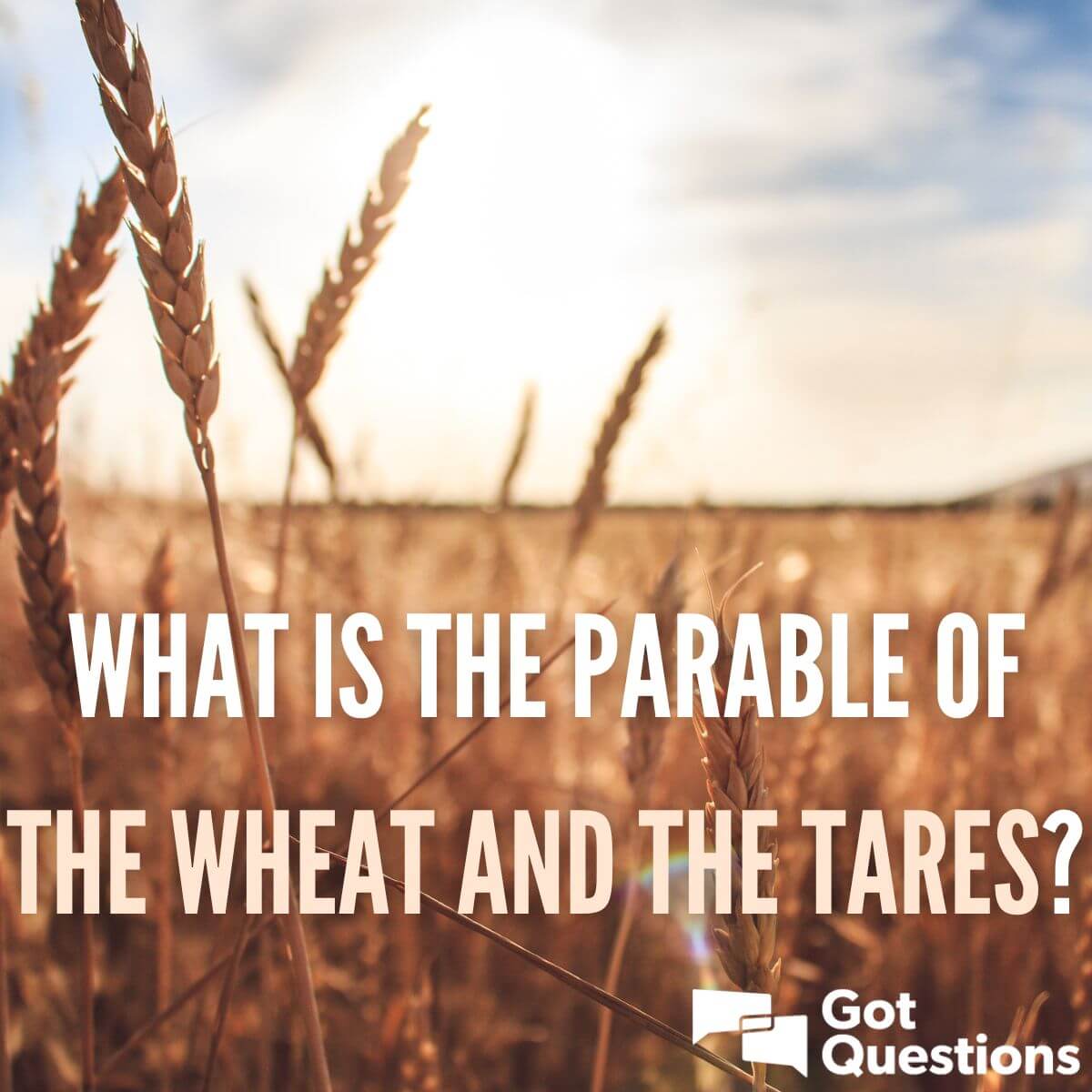
What is the Parable of the Wheat and the Tares?
Matthew 13:24-30: "Another parable put he forth unto them, saying, The kingdom of heaven is likened unto a man which sowed good seed in his field: But while men slept, his enemy came and sowed tares among the wheat, and went his way. But when the blade was sprung up, and brought forth fruit, then appeared the tares also.

Parable Of The Wheat And Tares Stock Illustration Download Image Now iStock
The Parable of the Wheat and the Tares. 24 Another parable He put forth to them, saying: "The kingdom of heaven is like a man who sowed good seed in his field; 25 but while men slept, his enemy came and sowed tares among the wheat and went his way. 26 But when the grain had sprouted and produced a crop, then the tares also appeared. 27 So the servants of the owner came and said to him.
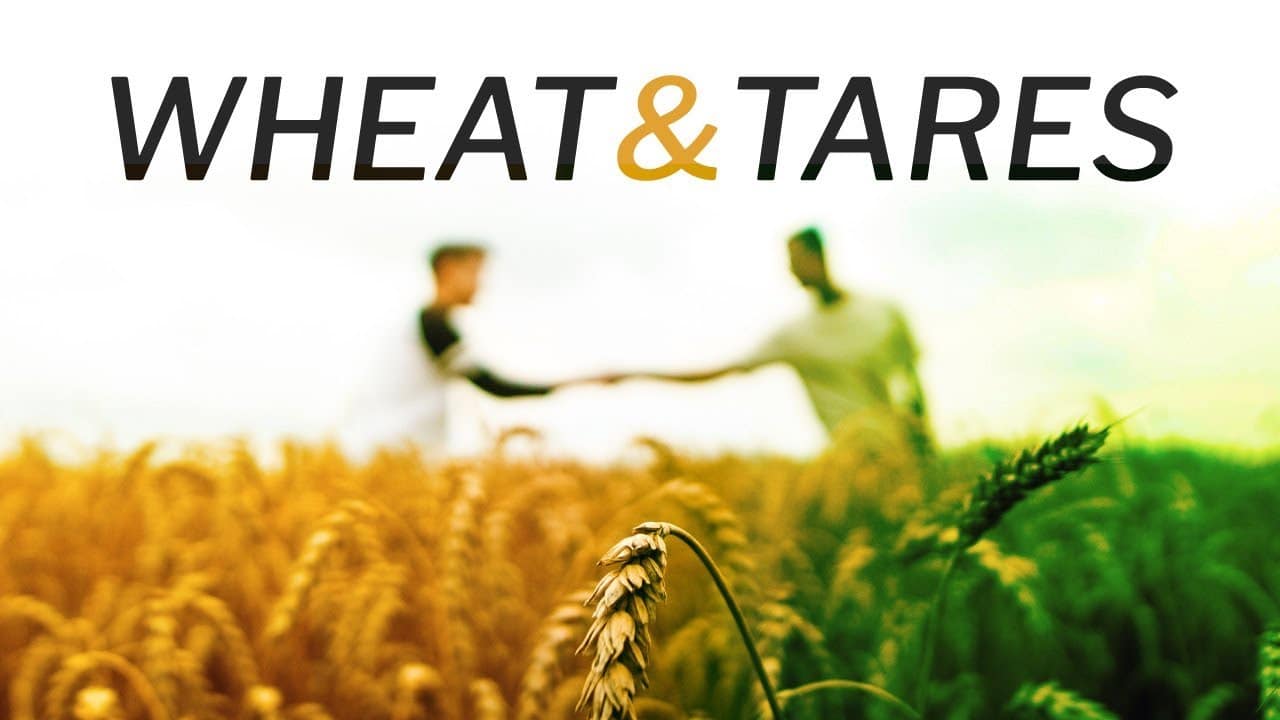
The Kanye Controversy Parable of the Wheat & the Tares Rise on Fire Ministries
The parable of the wheat and the tares points out that not all those who claim outwardly to accept the principles of the kingdom of heaven are surrendered to God inwardly. Here, Jesus Himself is the sower of divine truth. The seed He came to sow is "good seed" but an enemy later on planted tares in the field. Satan, is this enemy (Zechariah.
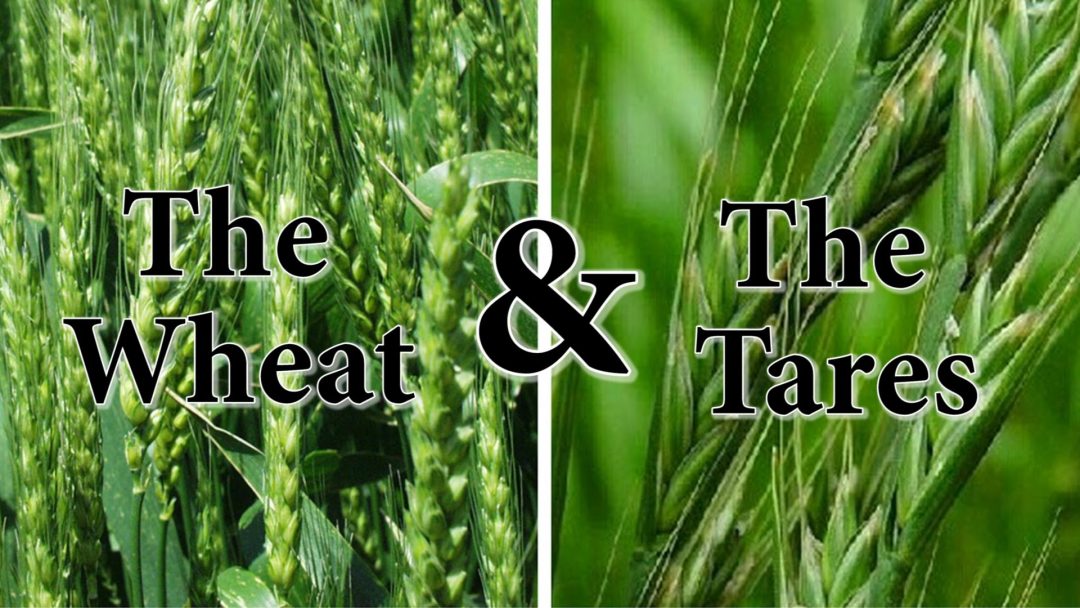
The Parable of the Wheat and the Tares (Matthew 132430)
Matthew 13:24-30King James Version. 24 Another parable put he forth unto them, saying, The kingdom of heaven is likened unto a man which sowed good seed in his field: 25 But while men slept, his enemy came and sowed tares among the wheat, and went his way. 26 But when the blade was sprung up, and brought forth fruit, then appeared the tares also.